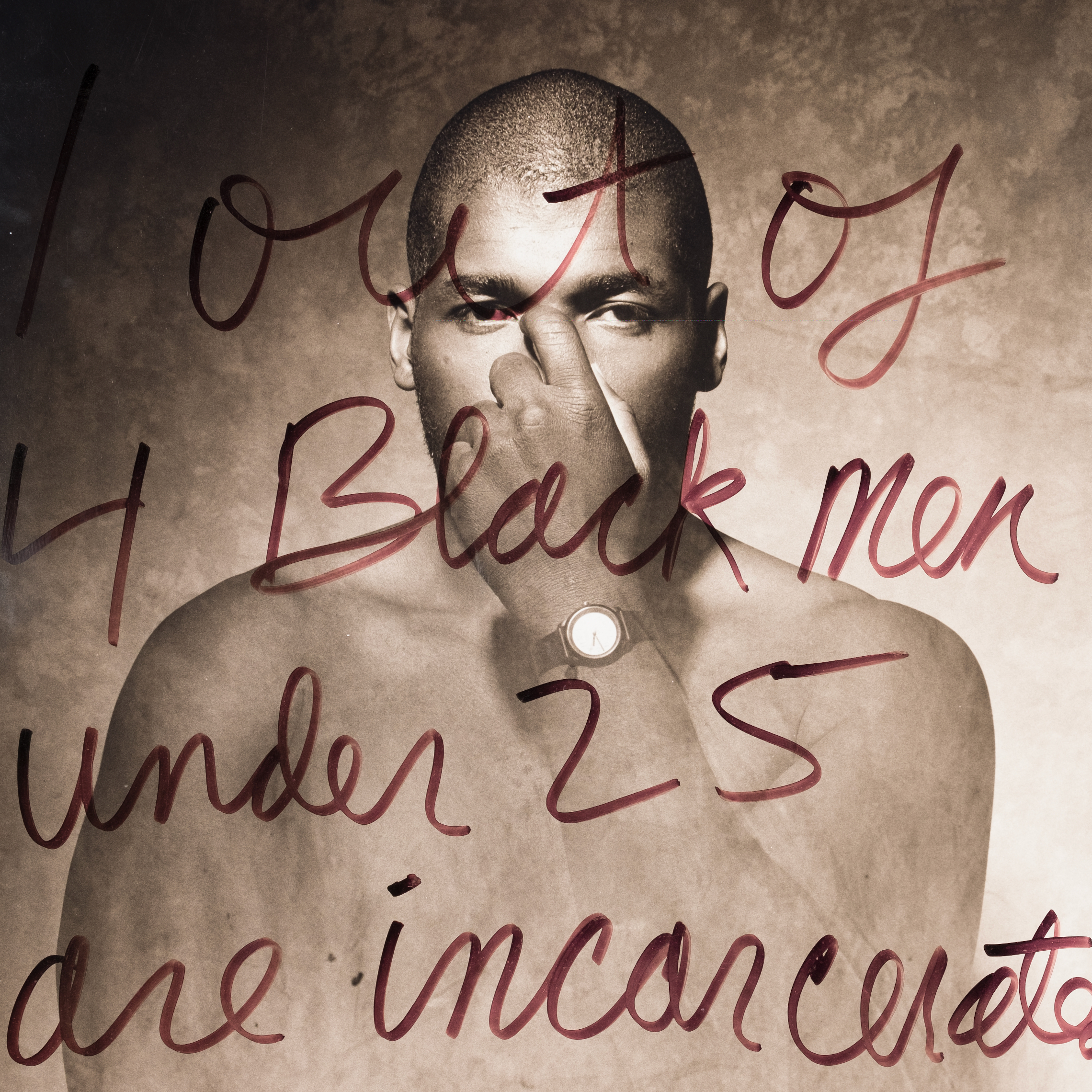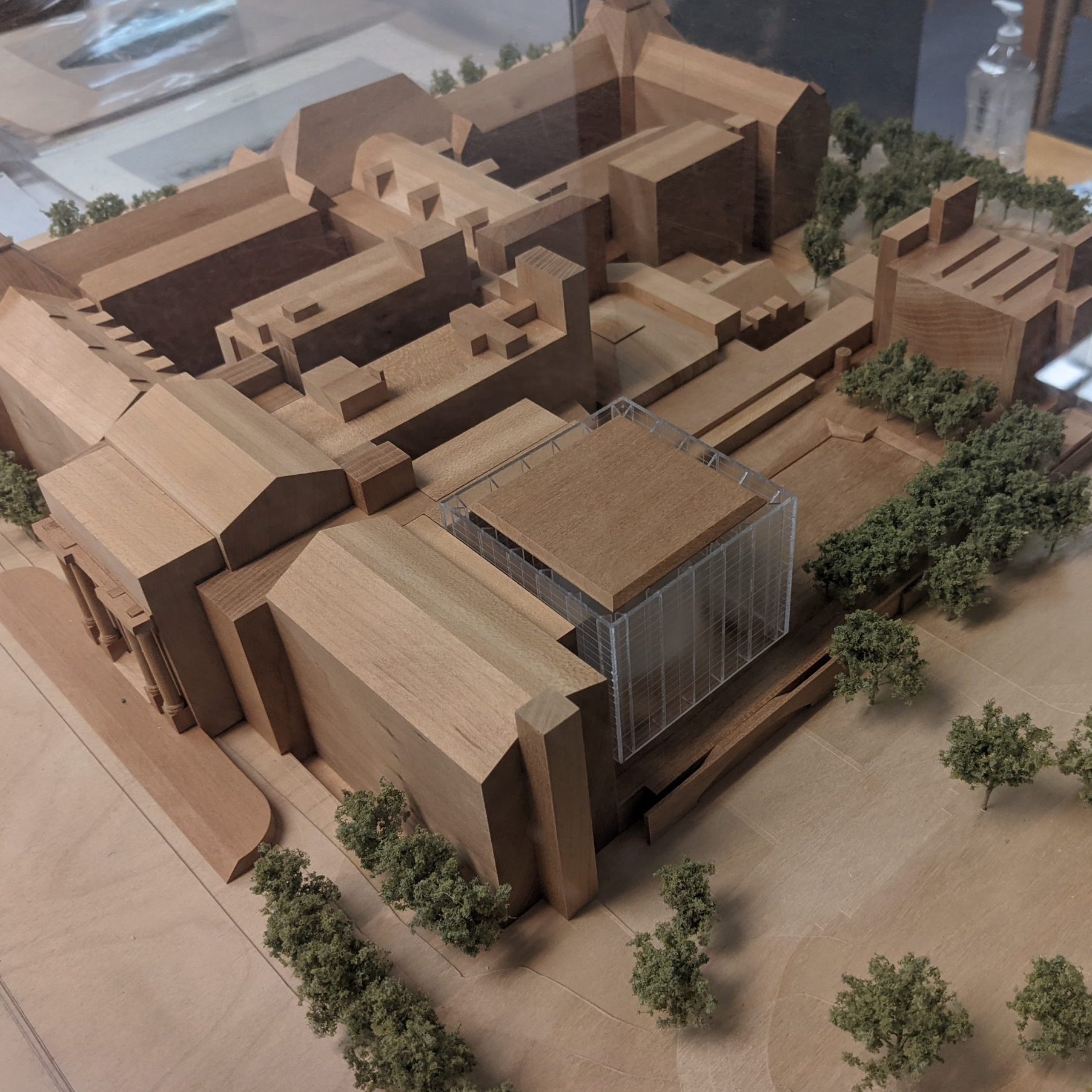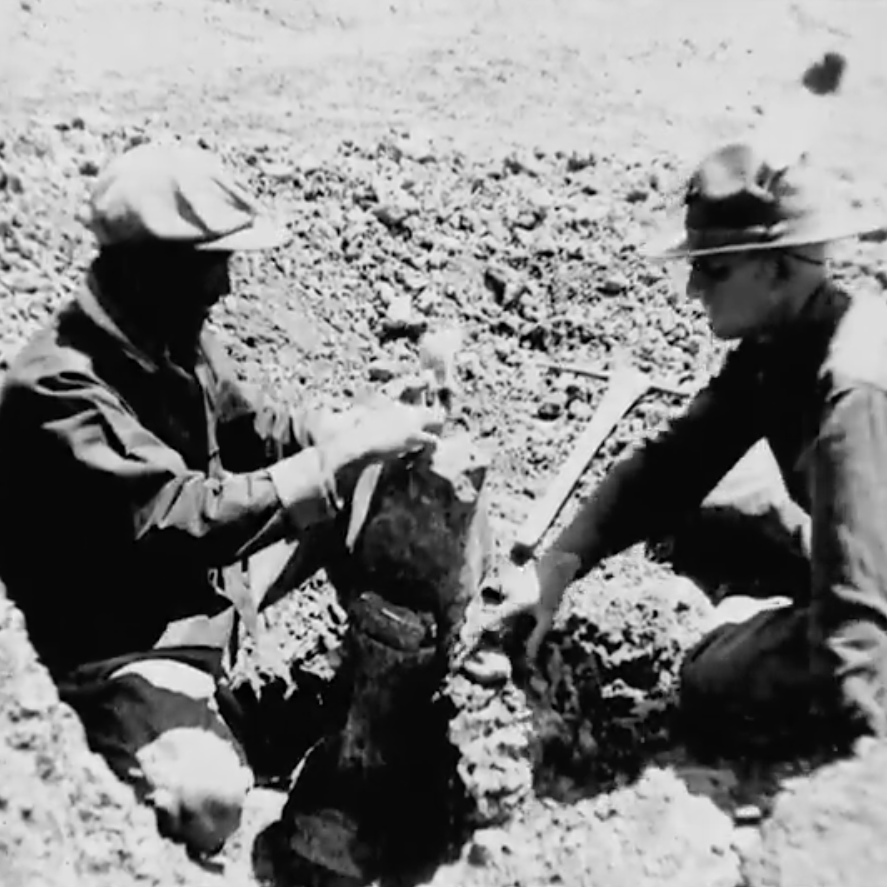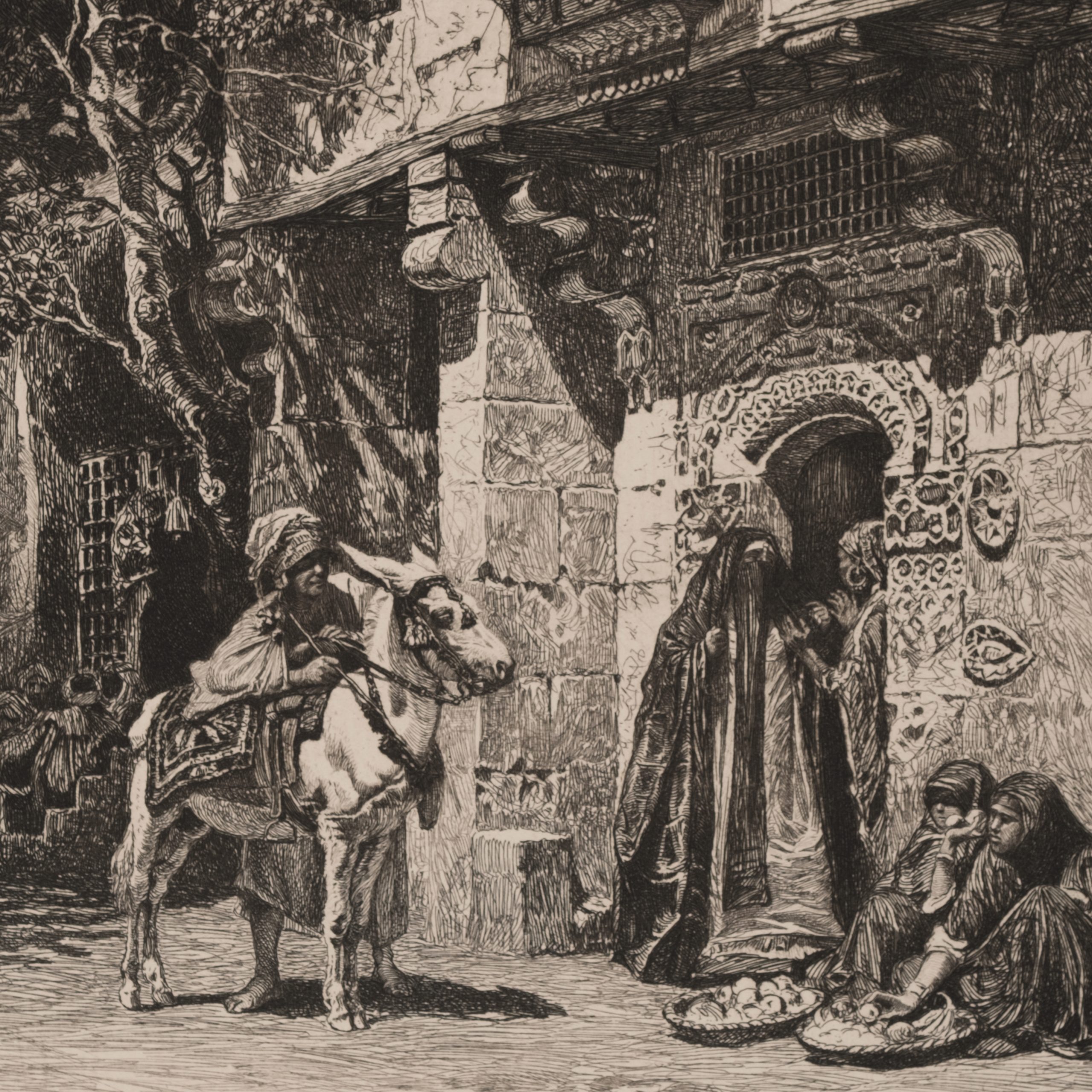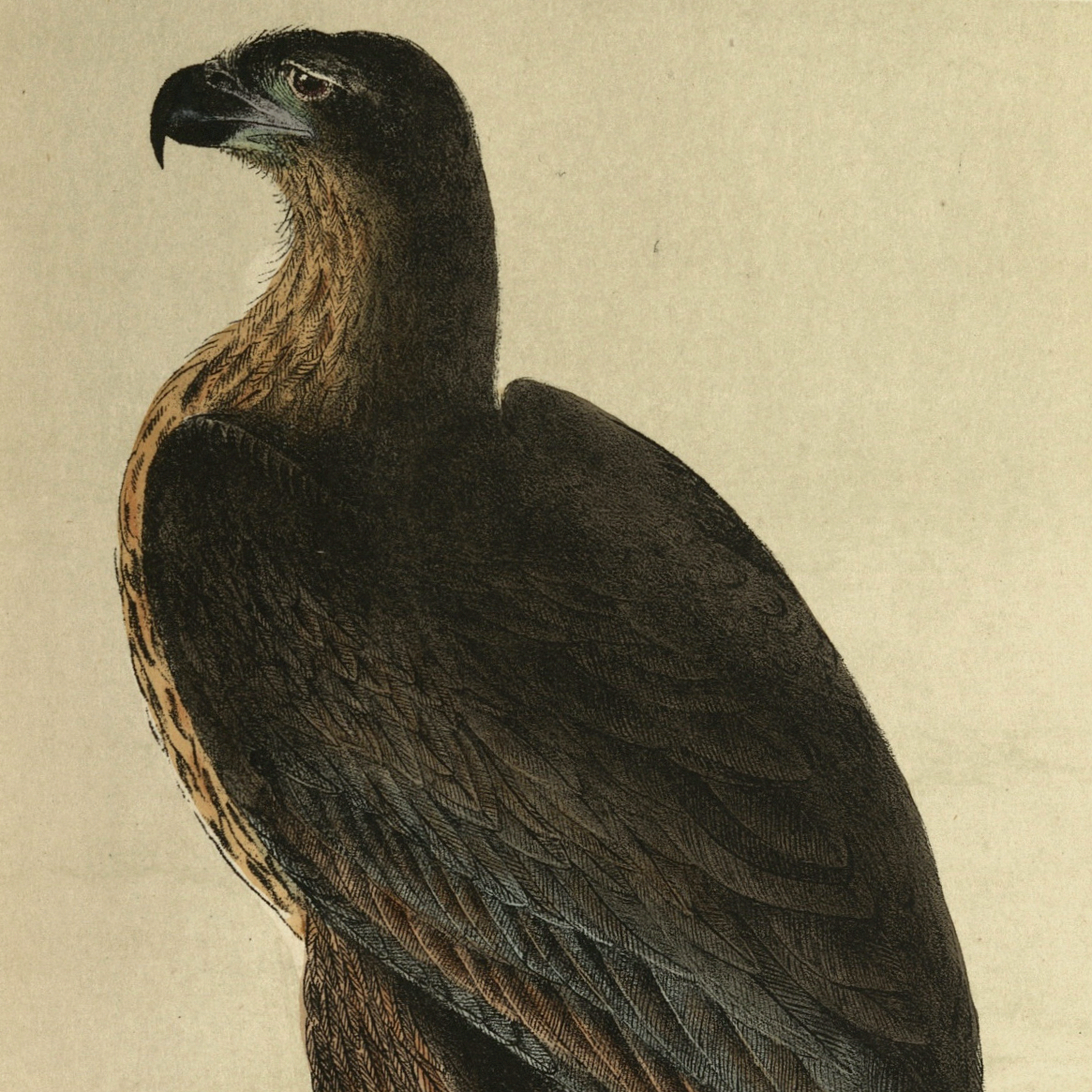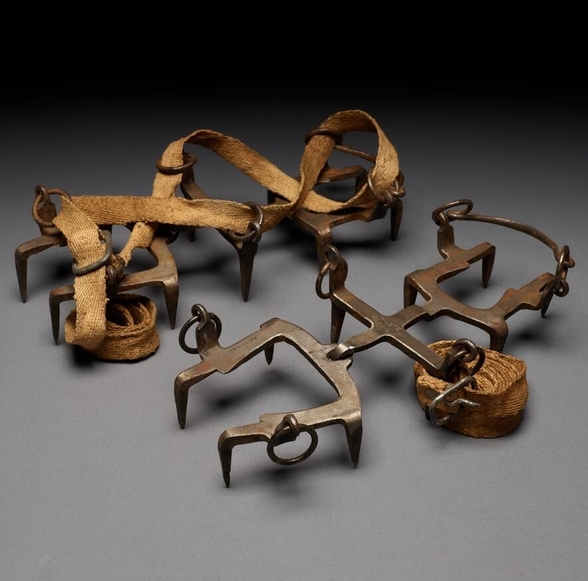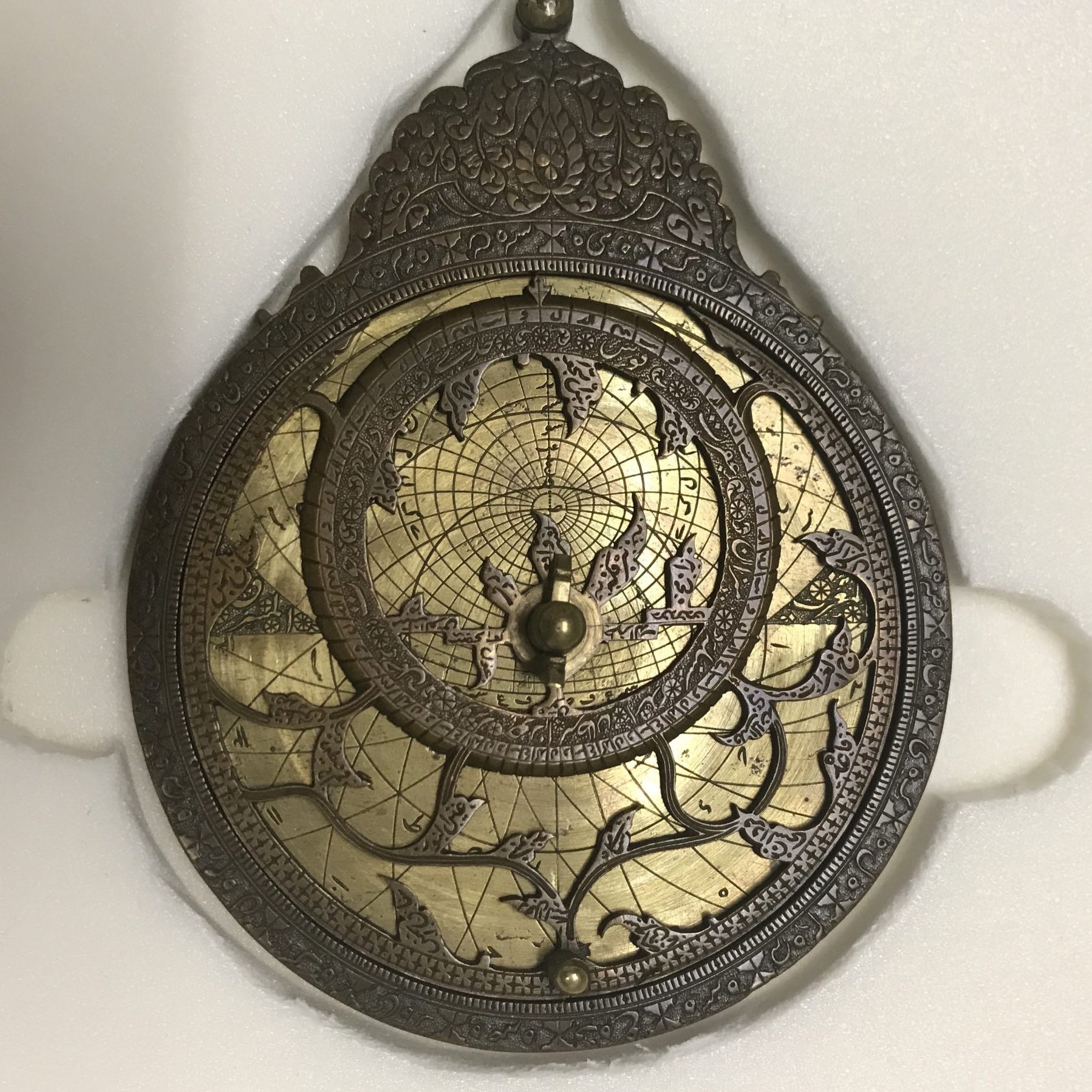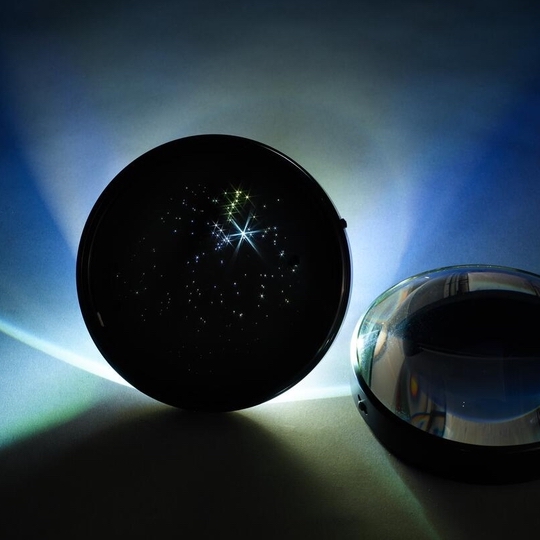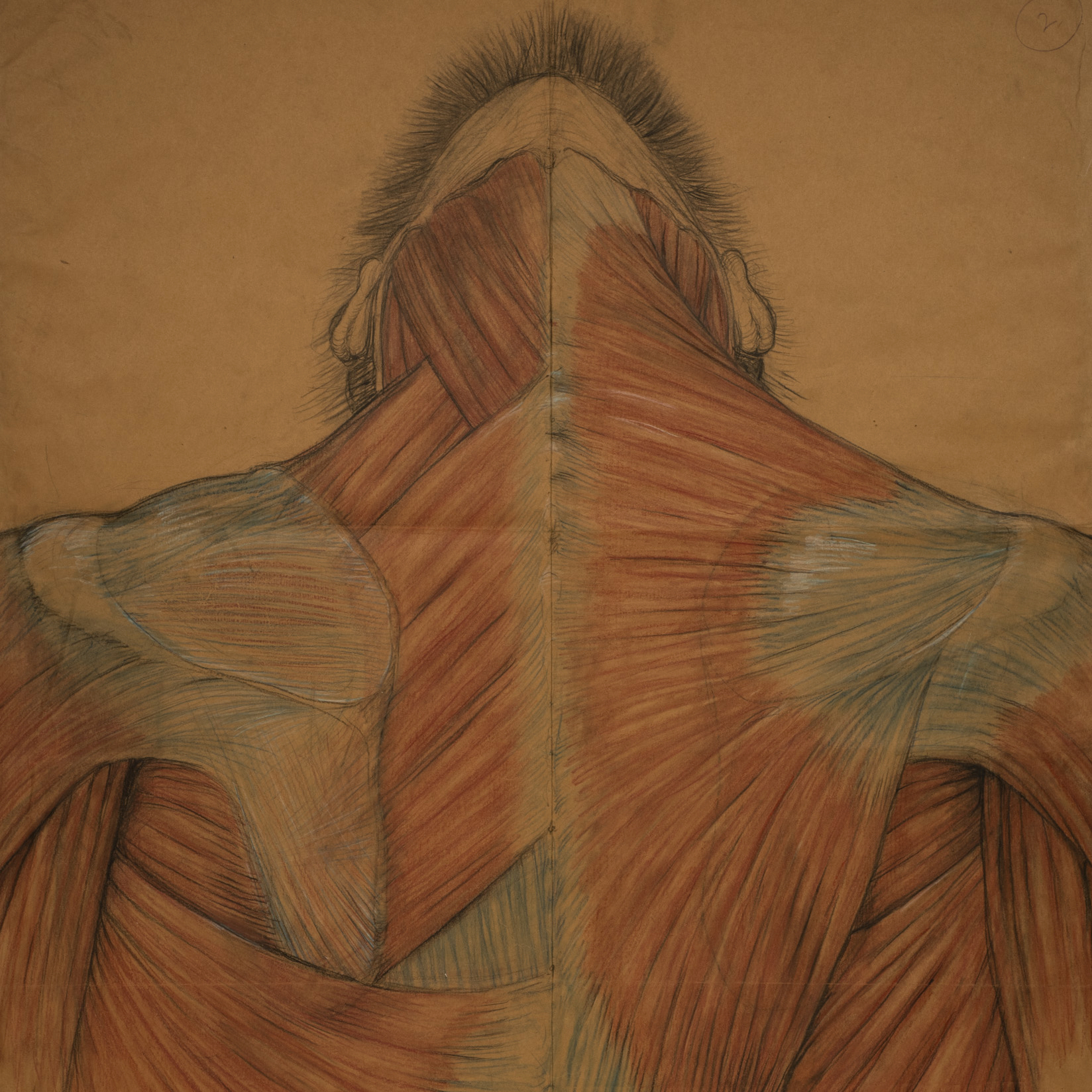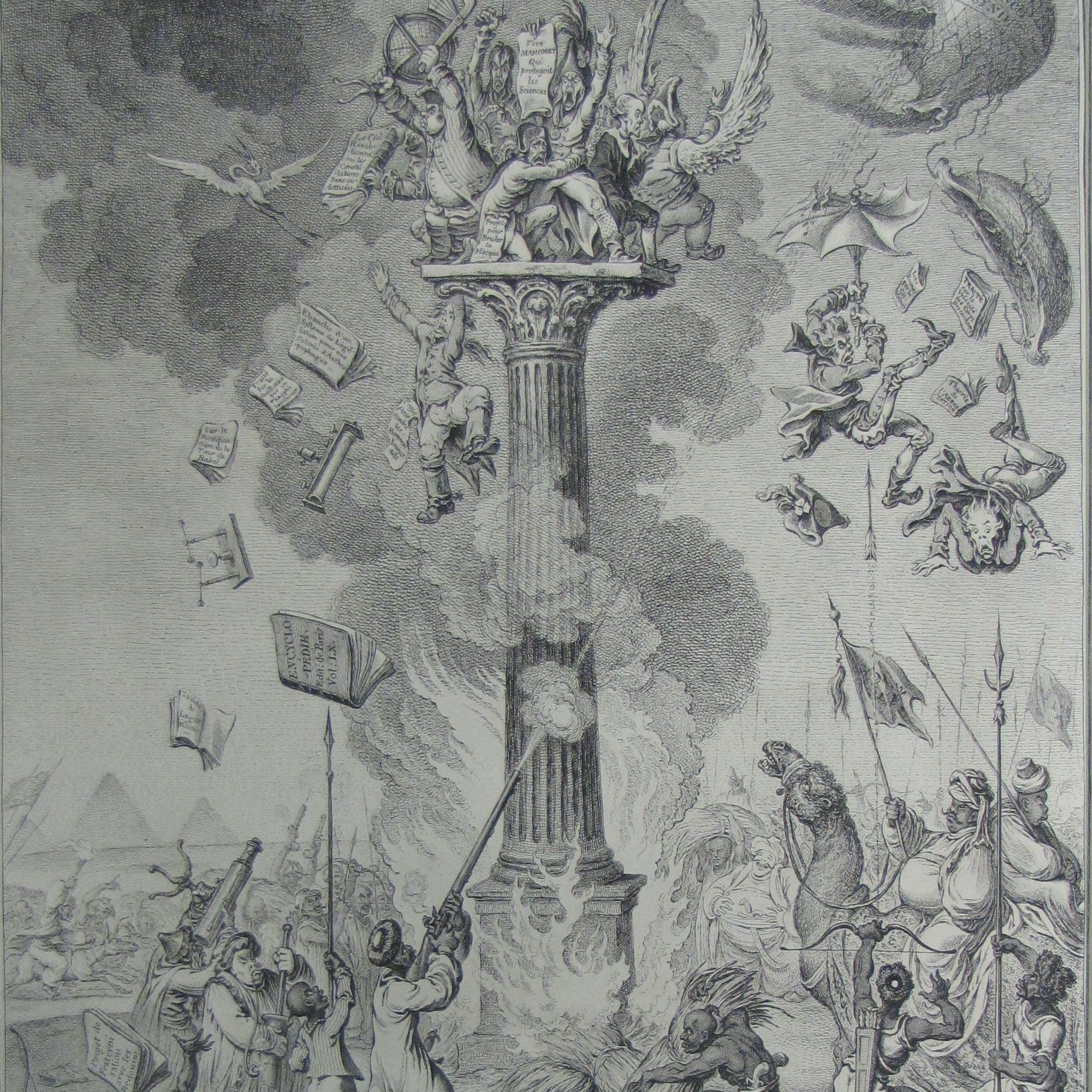Stereograph from a Western Survey (1880-1889)
Timothy H. O'Sullivan (American, 1840 – 1882)
Albumen stereograph
Gift of Samuel Charters and Ann Charters, 2012.4.29
In the lower left corner of the stereographs (early photographs) above, you can just make out shadowy human imprints. Those individuals are likely members of the US Geological Survey committee commissioned by the US federal government to explore territory in the American West after the Civil War. Exploration was expressly aimed at locating “geological resources,” including, but not limited to, gold and coal along the 40th parallel.
This survey expedition was led by Clarence King (1842-1901), a successful scientist, explorer, and politician who was a member of the Association for the Advancement of Truth in Art. The Association was founded by American followers of English art critic John Ruskin (1819-1900), who encouraged artists to represent the world in their art as they encountered it. He wrote in his influential, Modern Painting, “I believe that the simple and uncombined landscape, if wrought out with due attention to the ideal beauty of the features it includes, will always be the most powerful in its appeal to the heart." Members of the Association sought to capture the beauty of nature by using a realistic and simple technique, eschewing the impulse to idealize their subject. King shared these tenets with photographer Timothy H. O’Sullivan, who in turn incorporated them into his own technique.
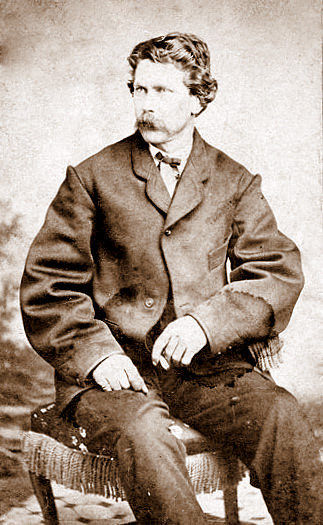
O’Sullivan (c. 1840-1882) was the first photographer to join such a survey expedition, and his stereographs were the first images of the West captured without the use of sketches or paintings. He honed his photography skills during the Civil War. Today, his images are considered some of the finest renderings of the West’s barren landscapes, harsh precipices, and stunningly massive geological formations. Critics revel in O’Sullivan’s ability to capture emptiness as a subject and his ability to express the impressive, hulking sizes of geological formations in his images, as we can see in the images above. However, O’Sullivan also captured some unposed images of Native Americans. These images provide a glimpse into lives of the Apache people without the influence of Western-Anglo culture implicitly present in studio photographs.
Undoubtedly, O’Sullivan’s images greatly influenced our understanding and imaginings of the West. In O’Sullivan’s images, we see the familiar, the “Wild” West as an untamed and open landscape and as a symbol of American freedom. Though O’Sullivan was guided by Ruskin’s realist principles and sought to represent nature as it was, we might wonder how O’Sullivan’s subjective aesthetic sensibilities influenced his work. In addition to O’Sullivan’s sensibilities, the objectives of the survey itself restricted O’Sullivan’s focus to terrain with seen and potential geological richness. The costs of the geological survey, including O’Sullivan’s salary and his equipment, were covered by interested businessmen and Congressional vote, thanks to the political manipulations of the expedition leader, King. Prior to 1867, US Congress failed to approve the use of federal funds for such “research” or “exploratory” projects. Do these motives infiltrate O’Sullivan’s images to frame our understanding of the West, and if so, how? How much “truth” do we see in his art?
Written by Katrina Kish
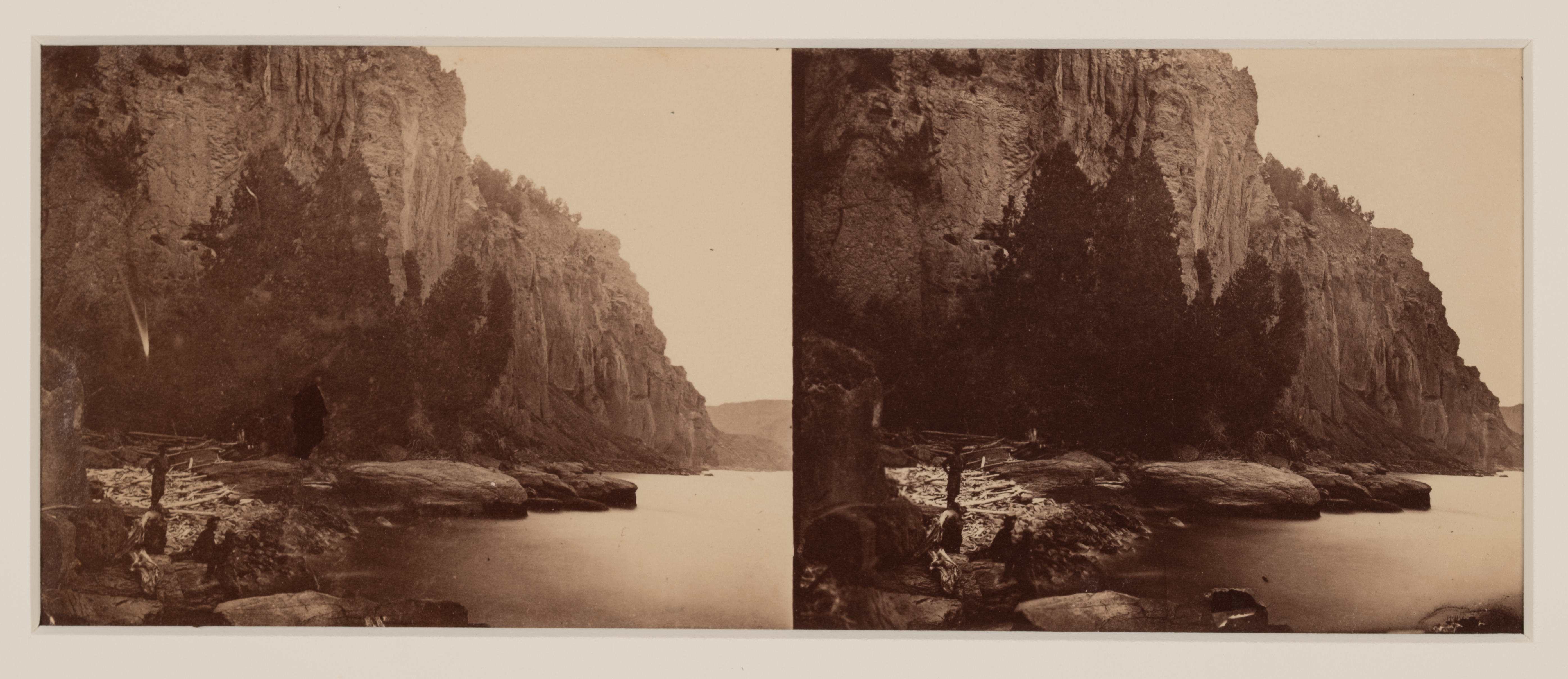
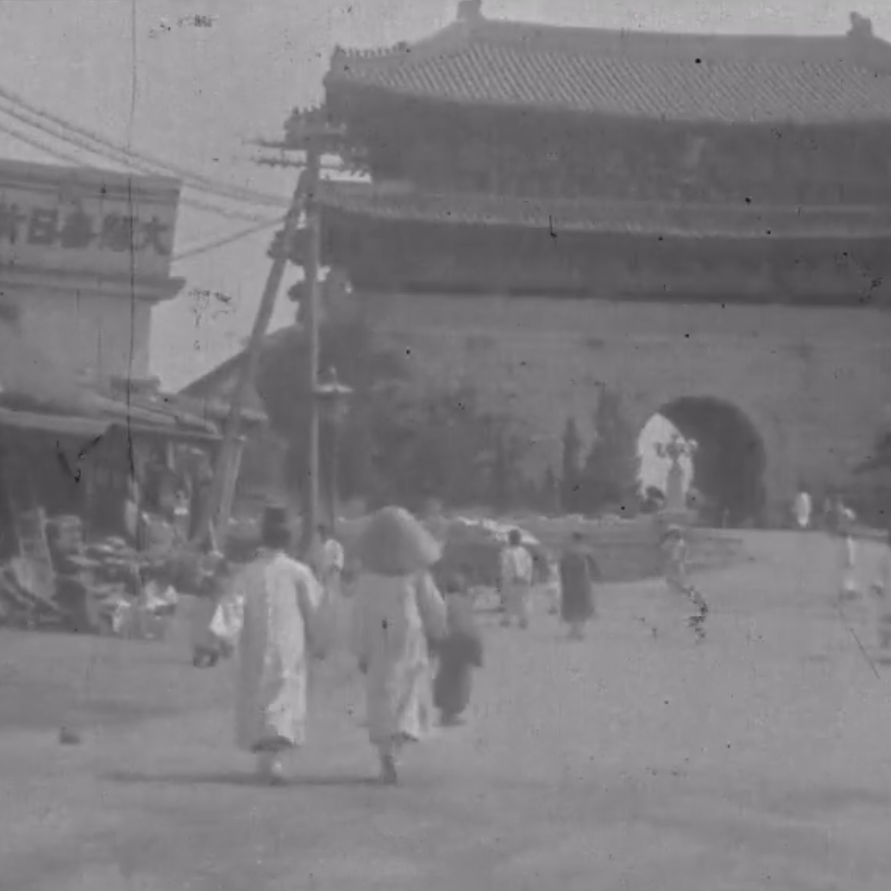
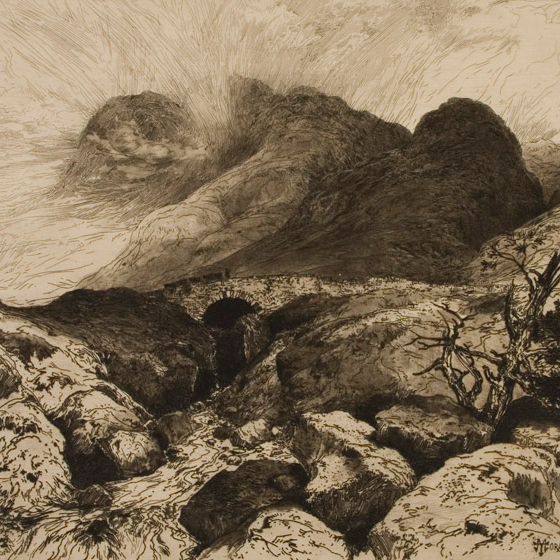
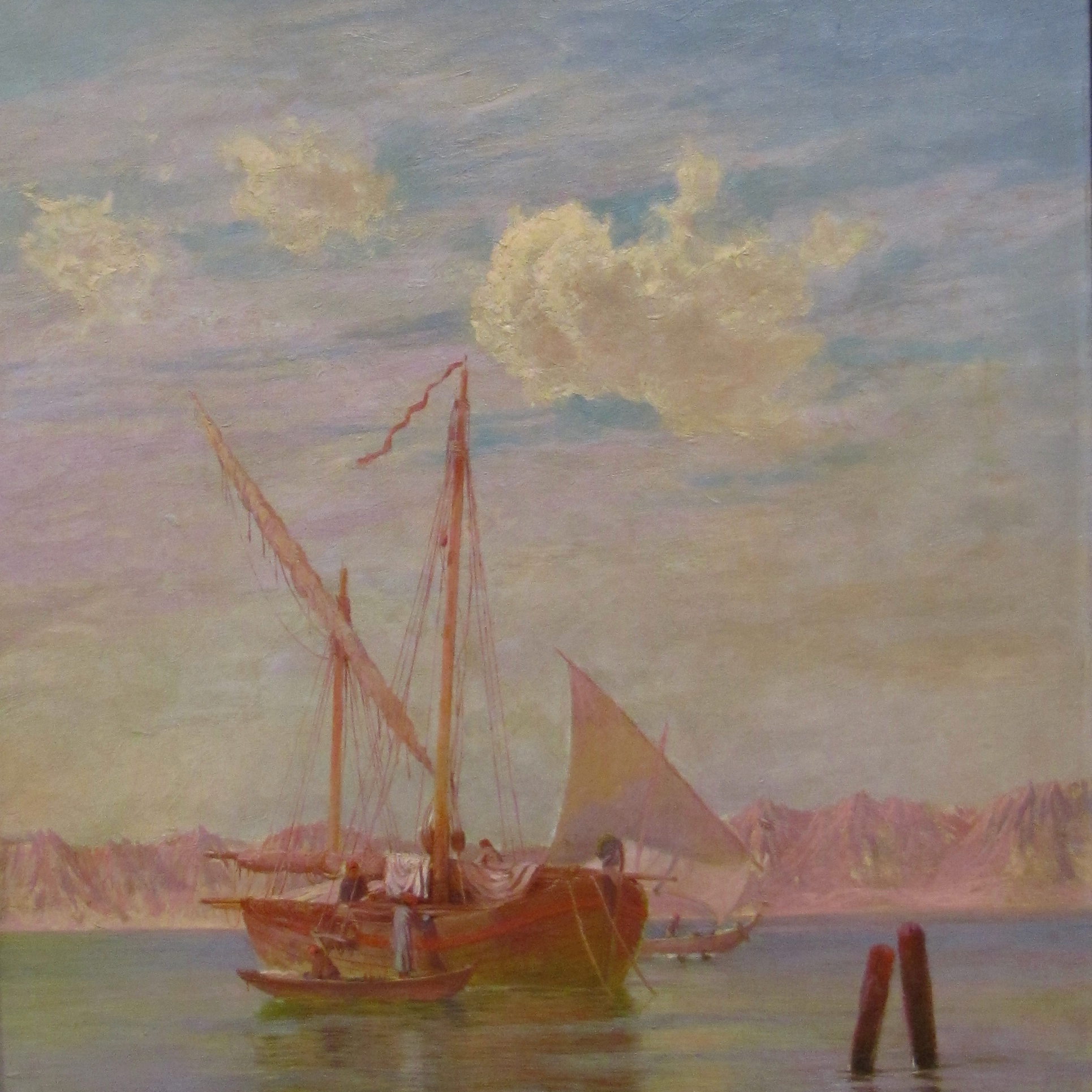
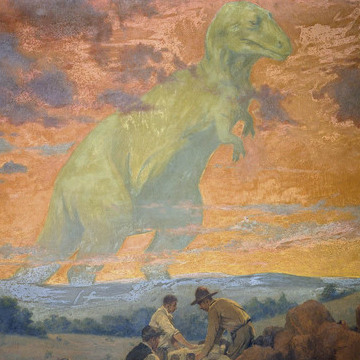
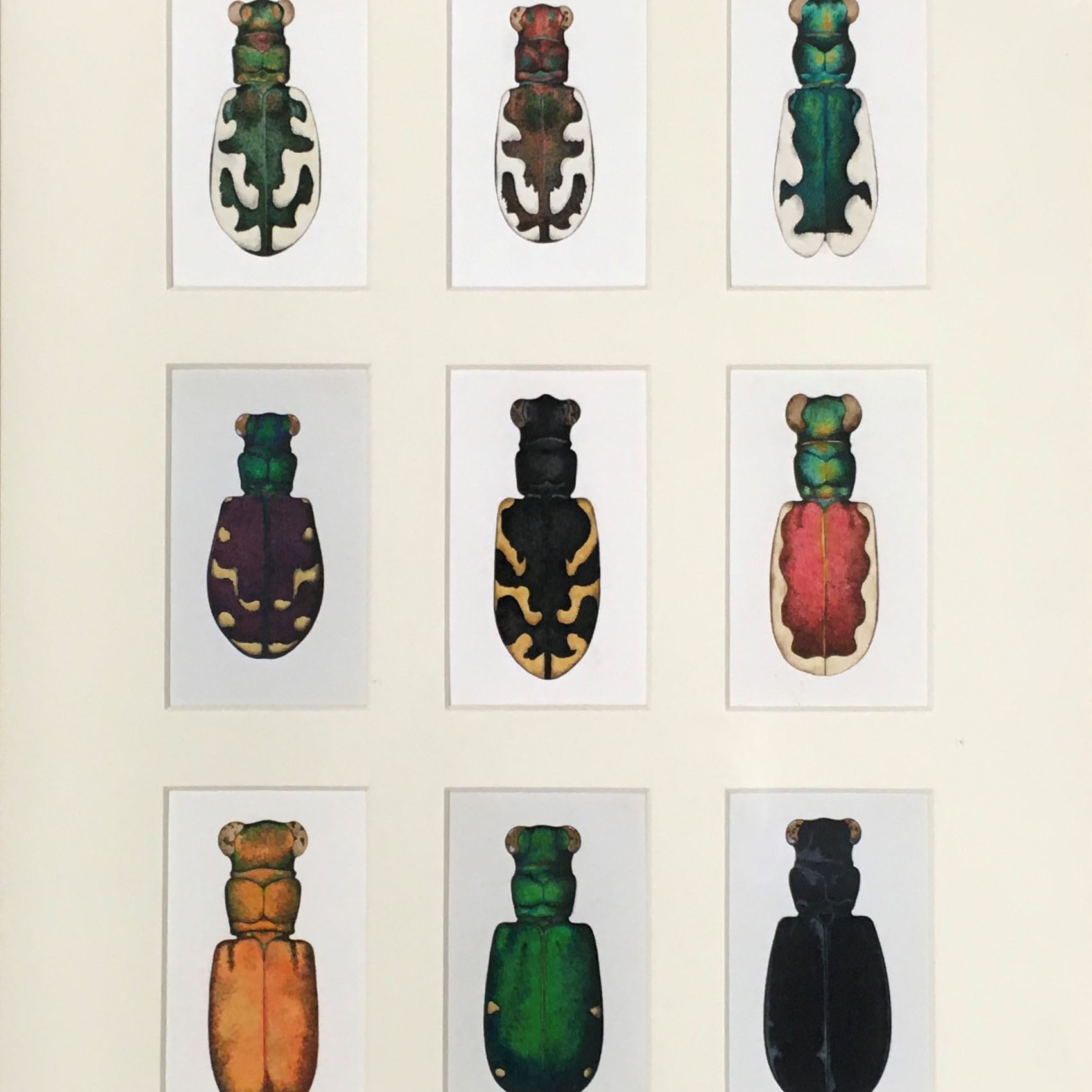
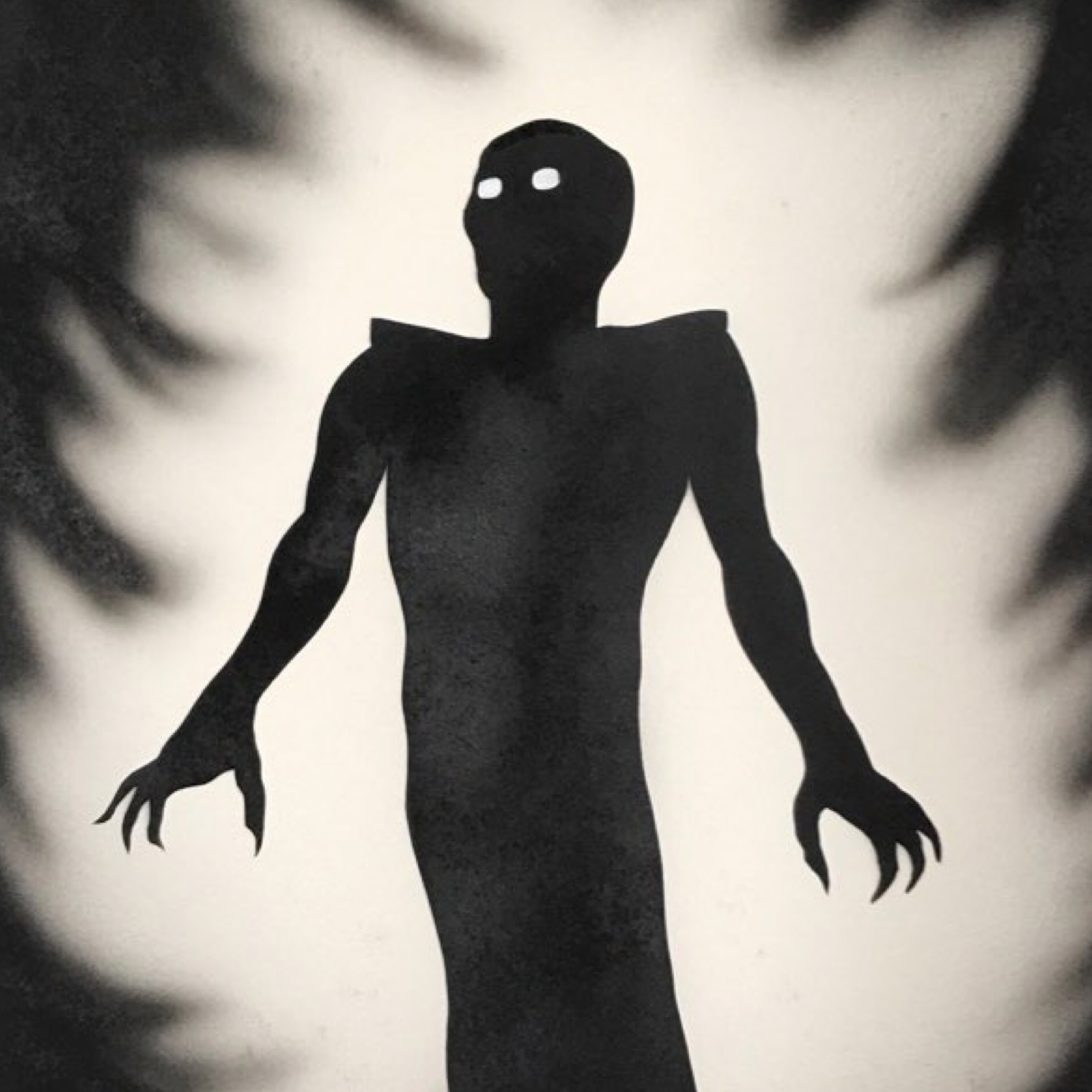
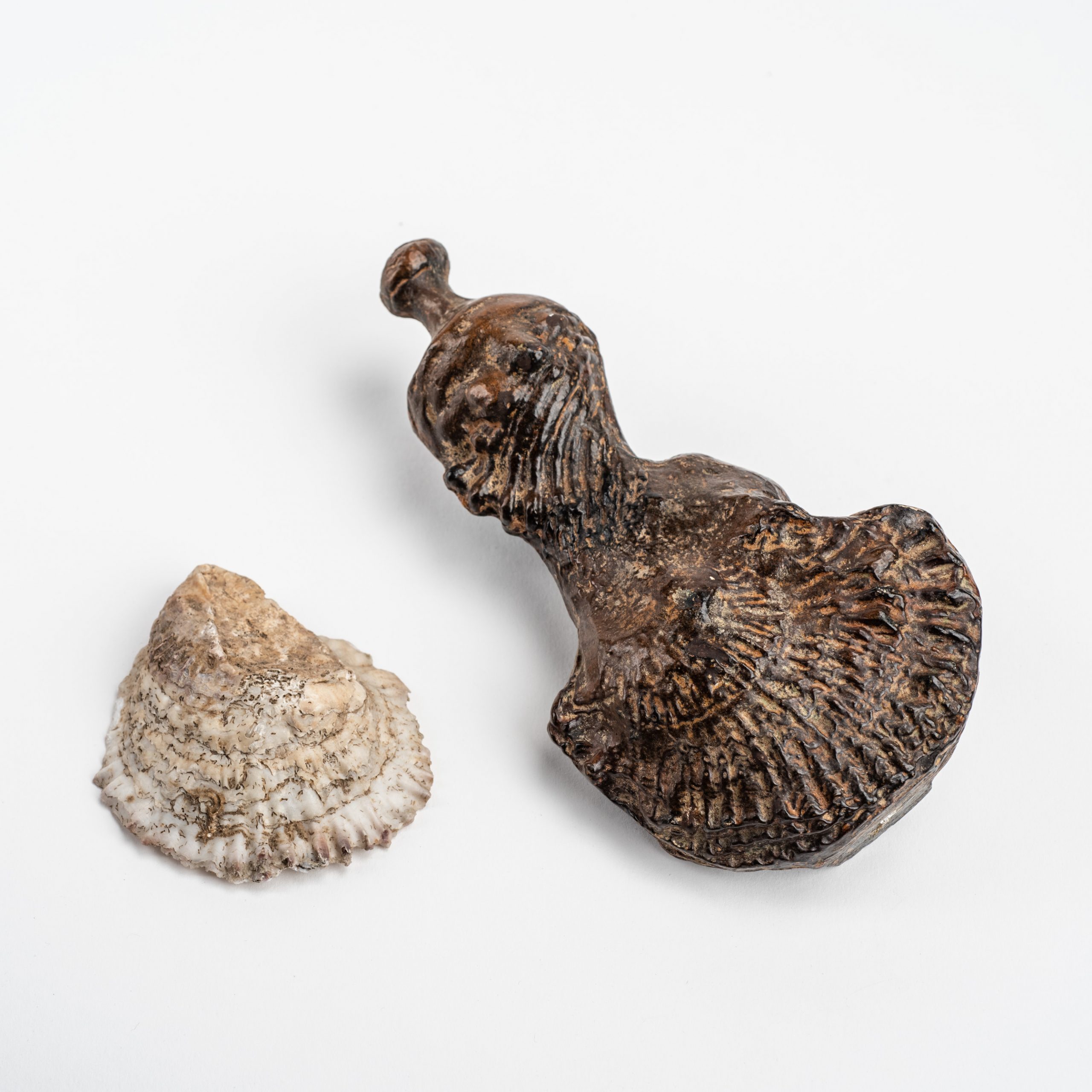
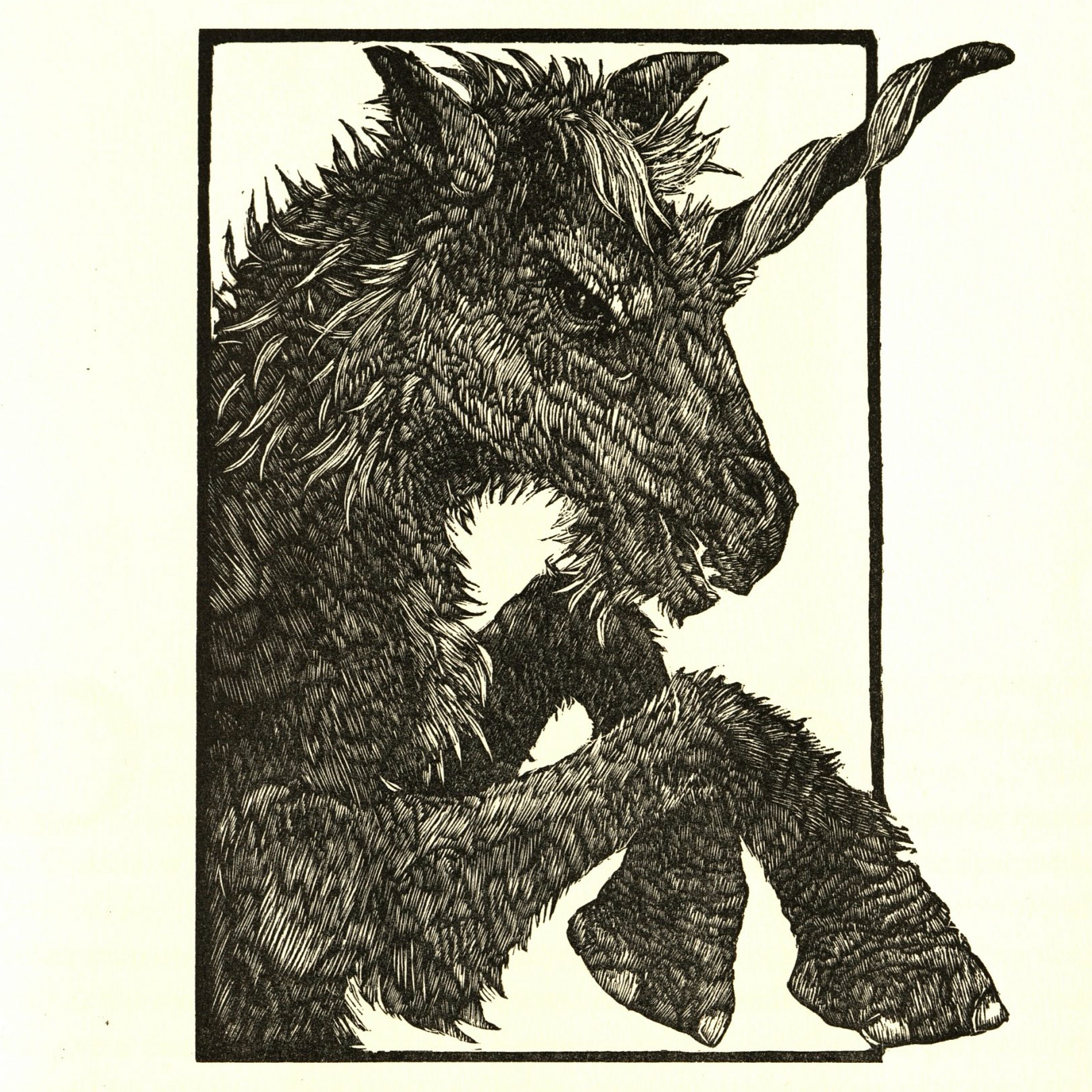
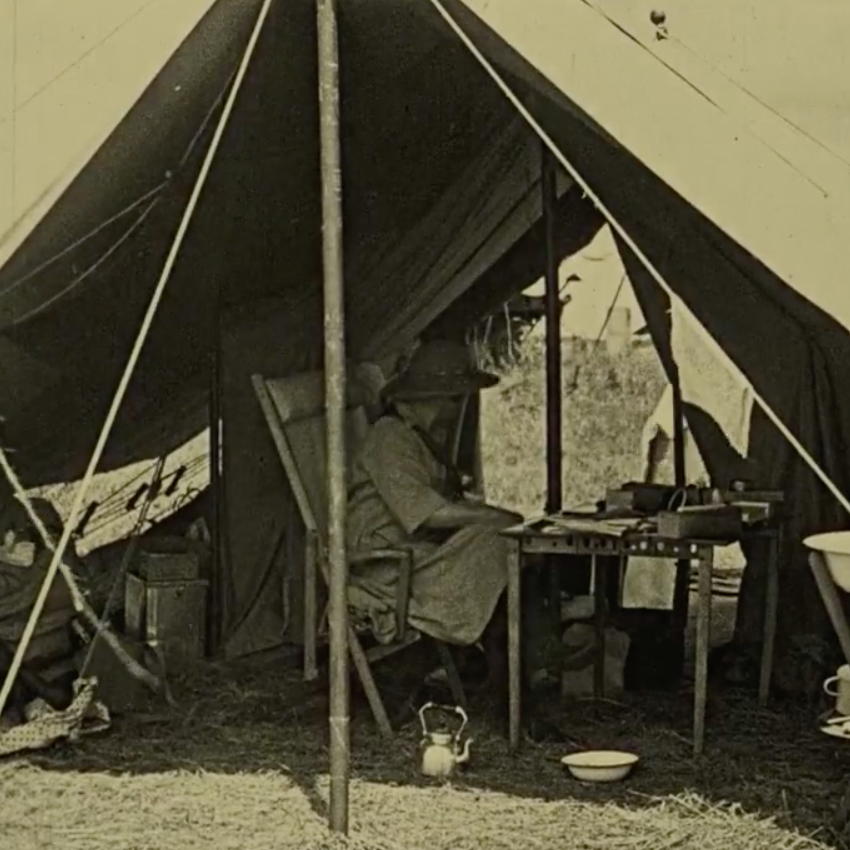
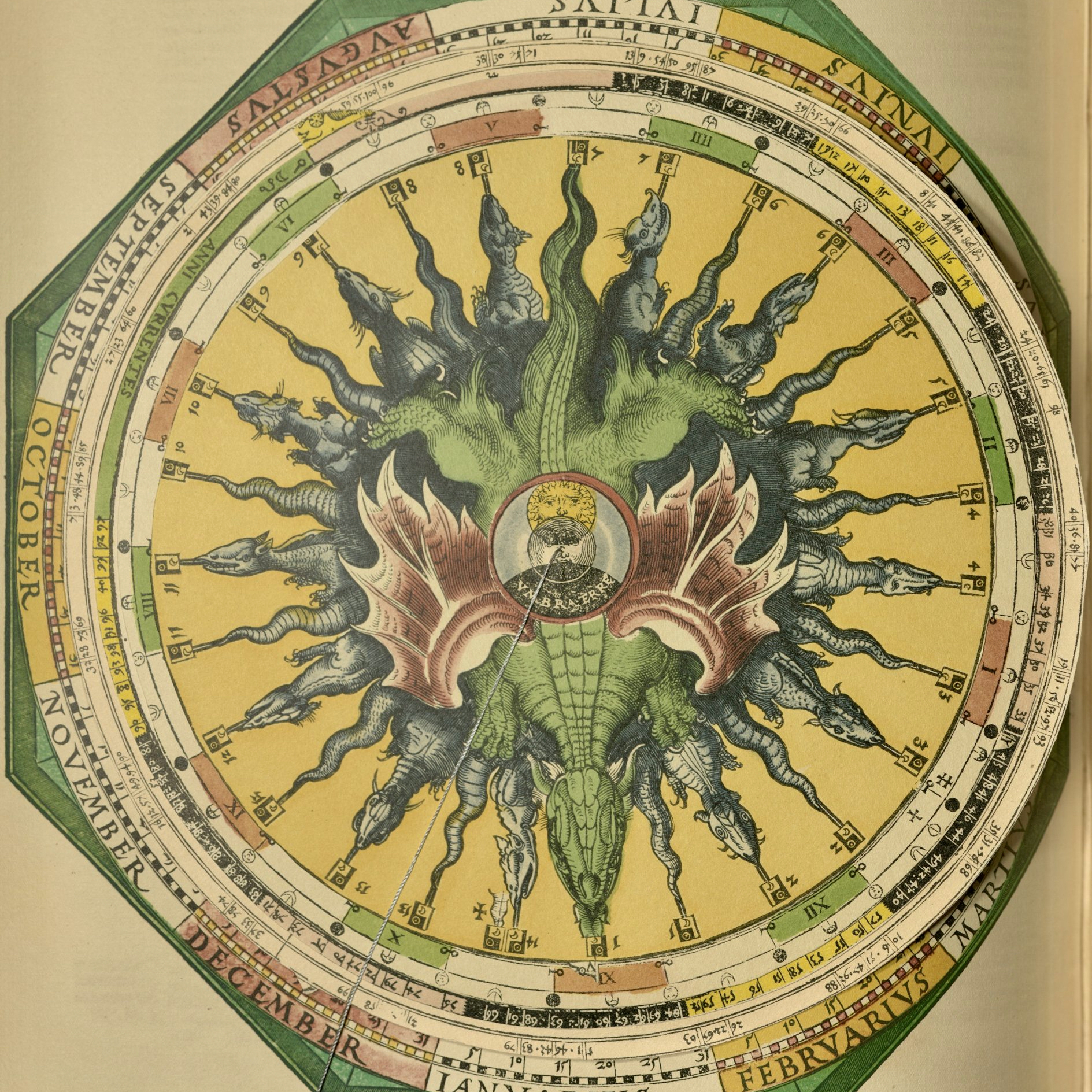

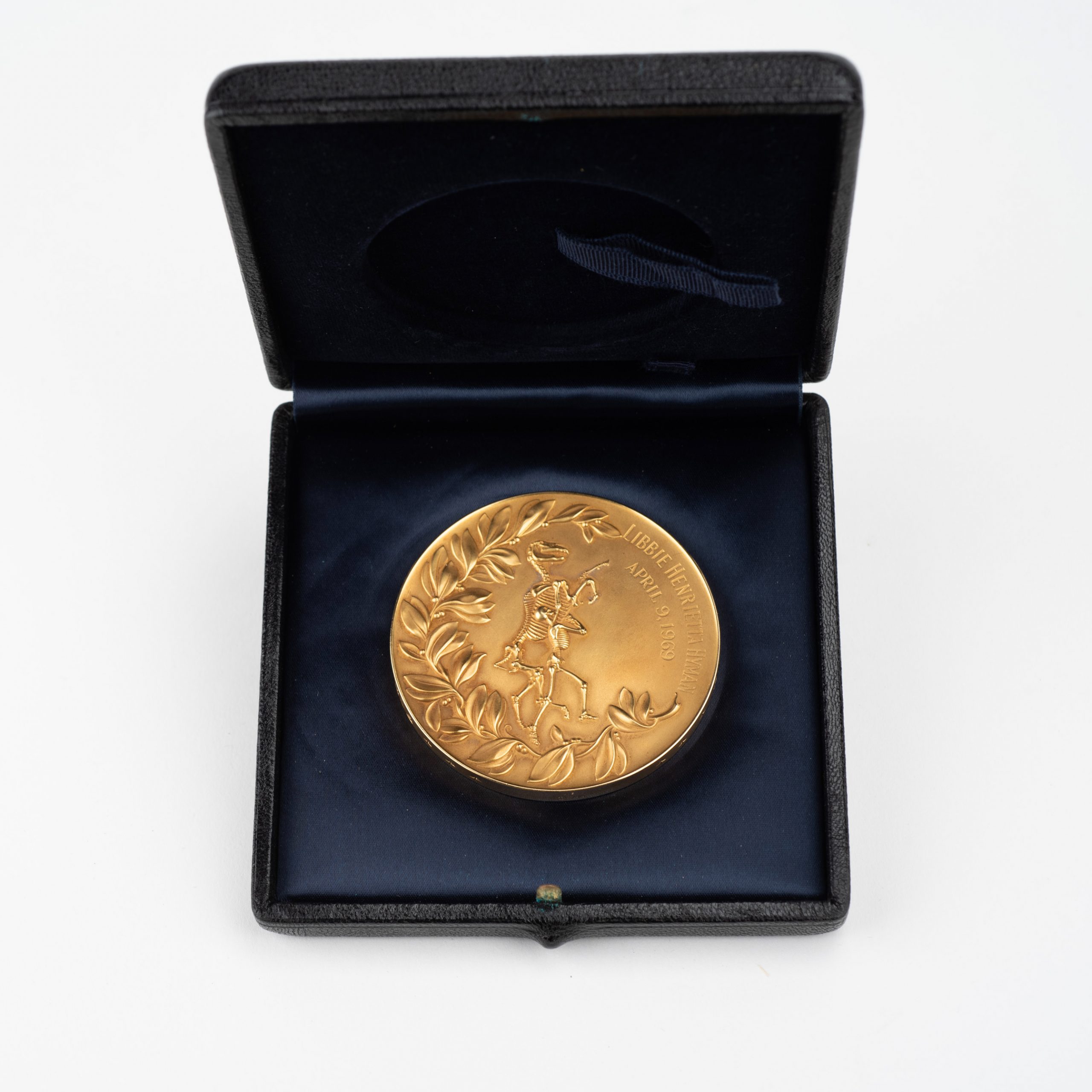


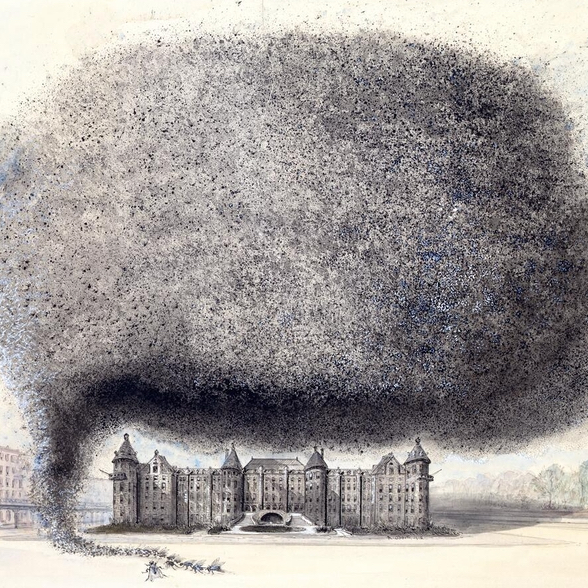


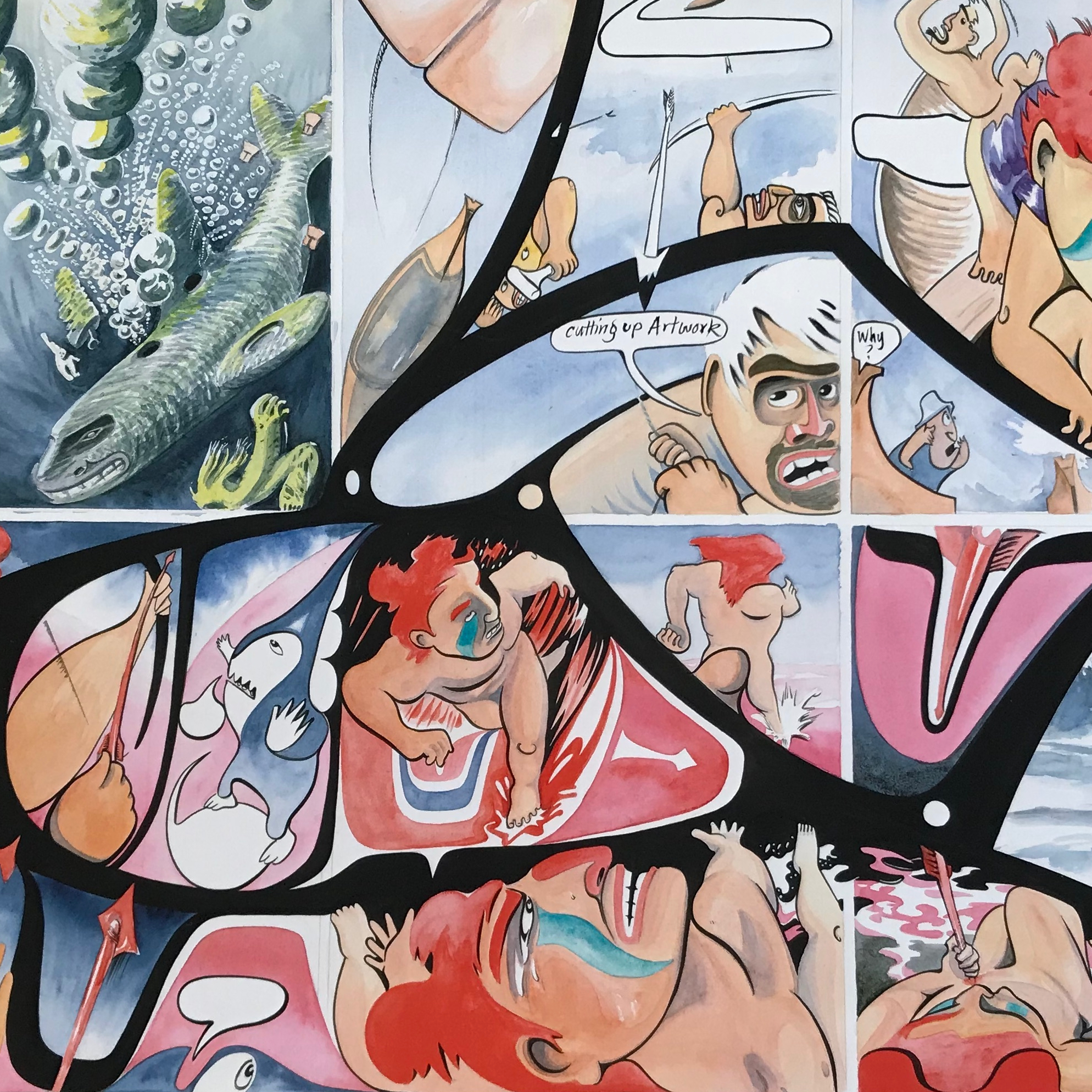
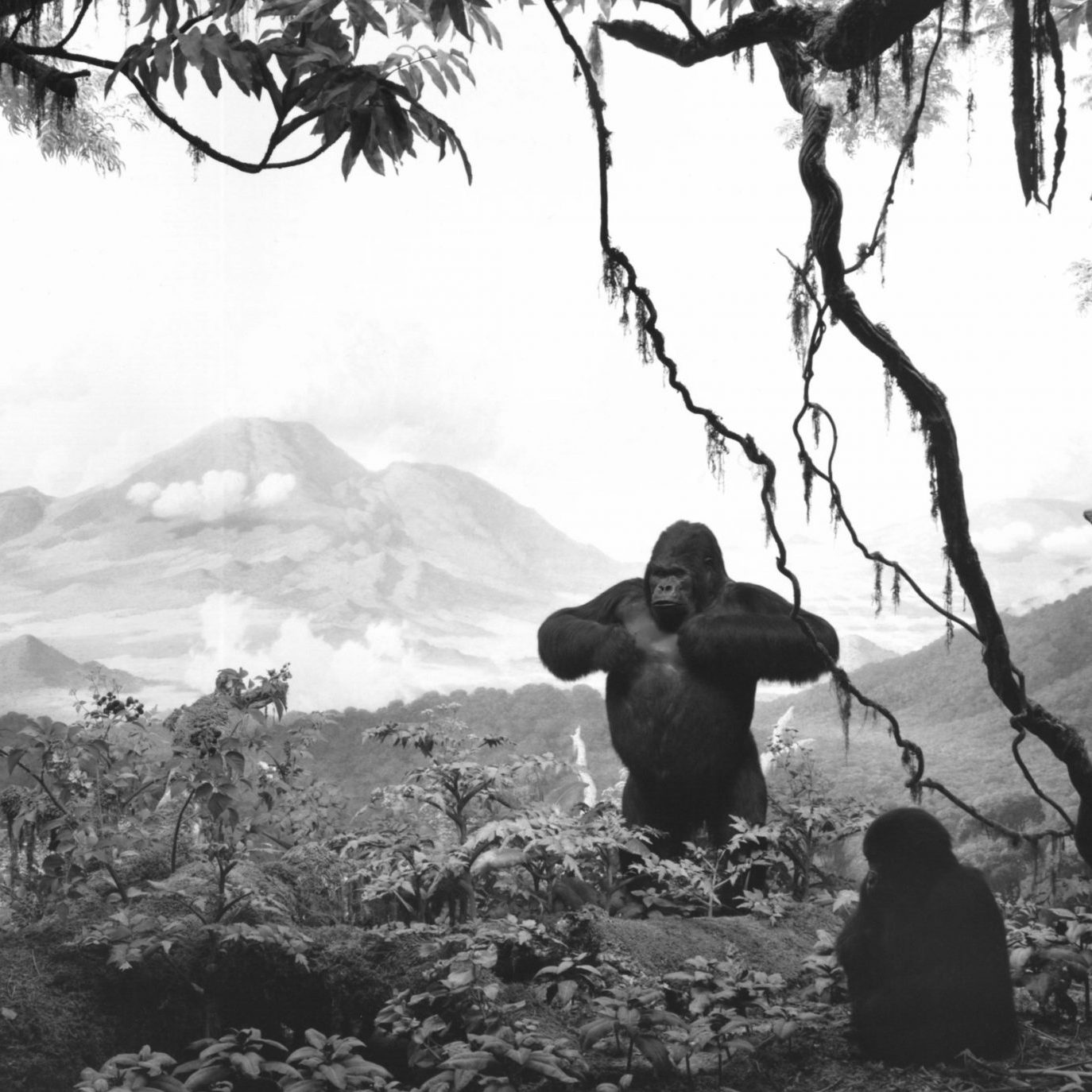
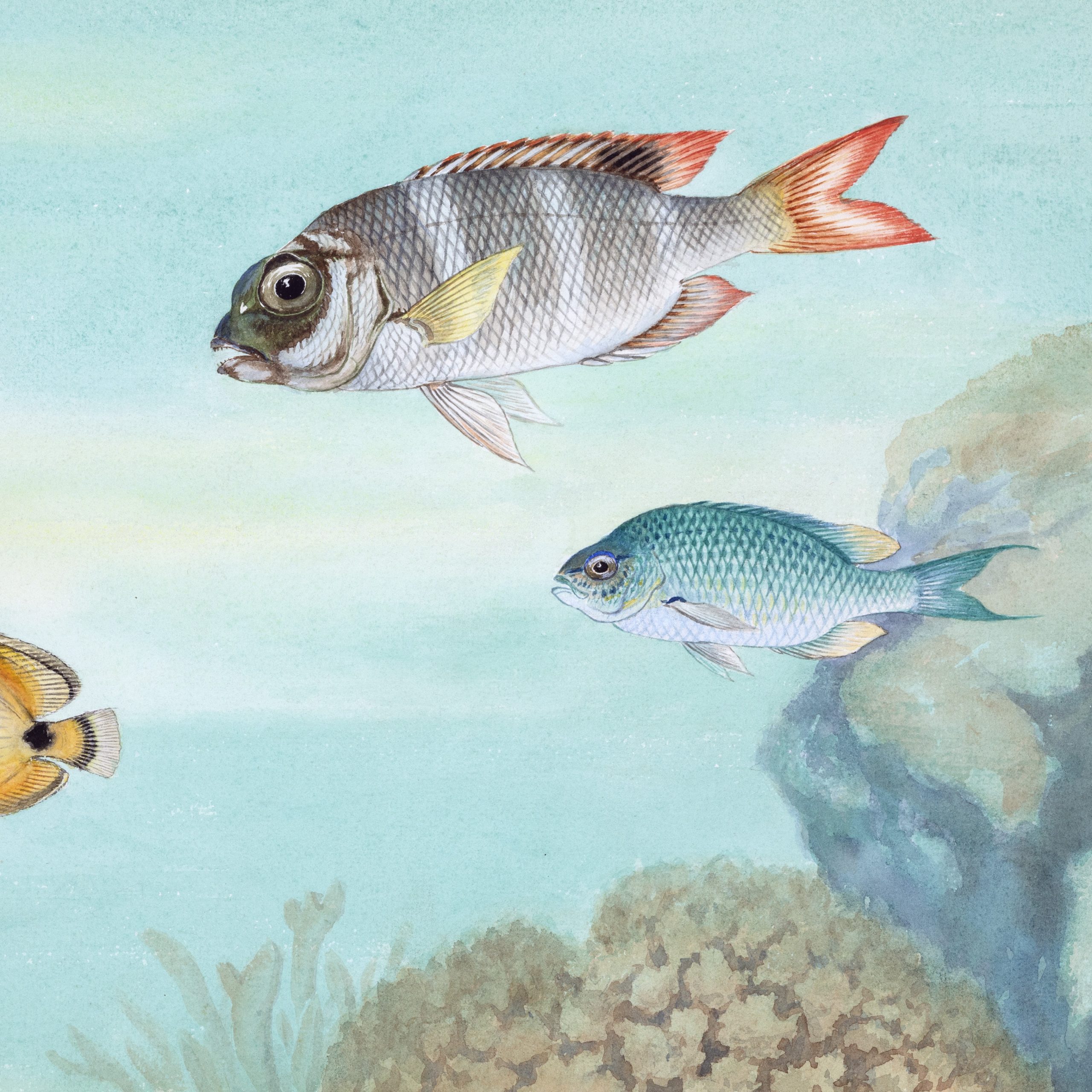
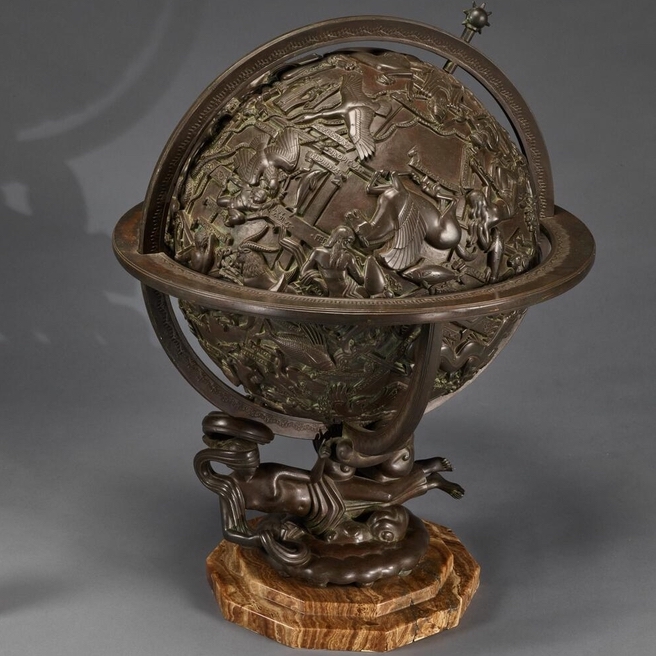
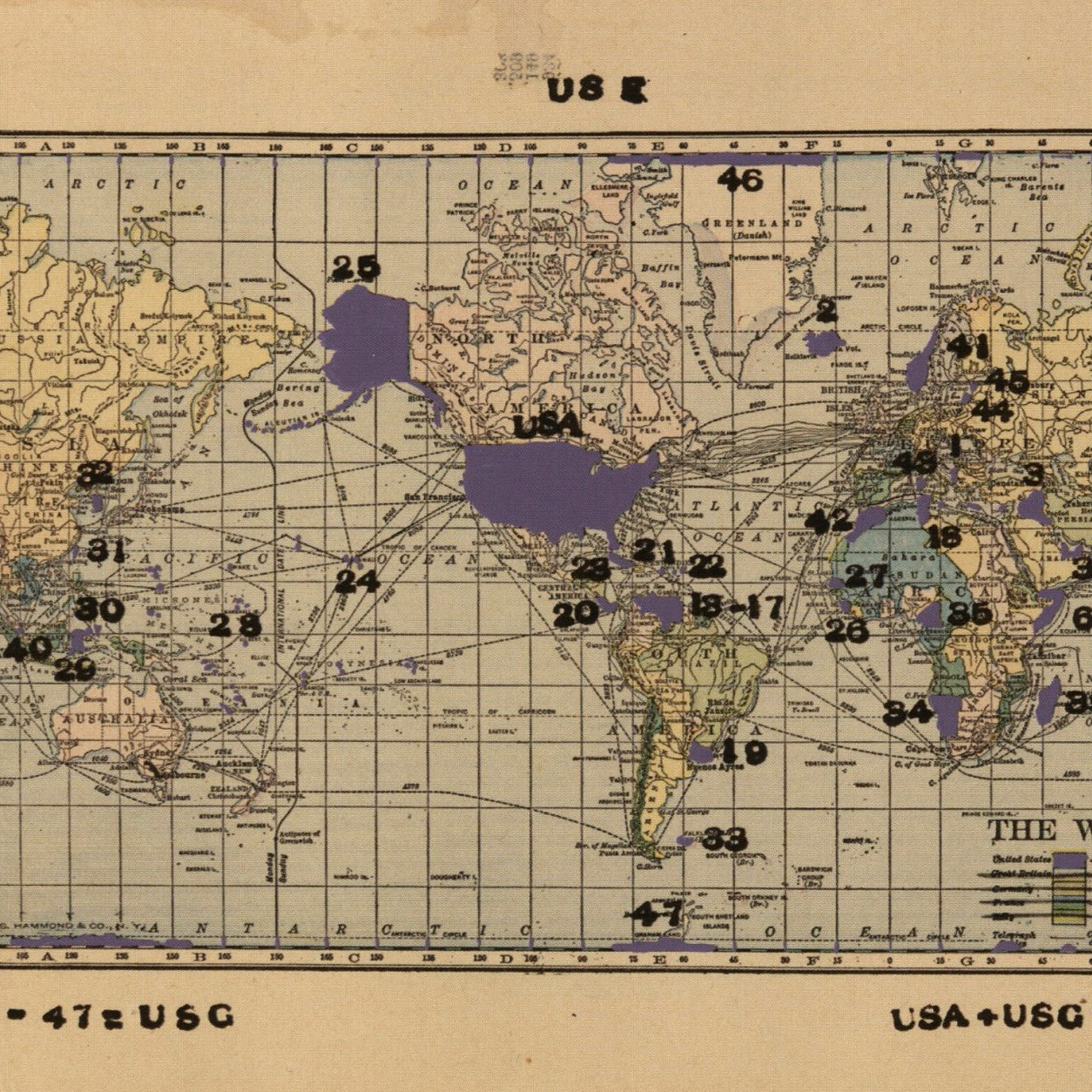
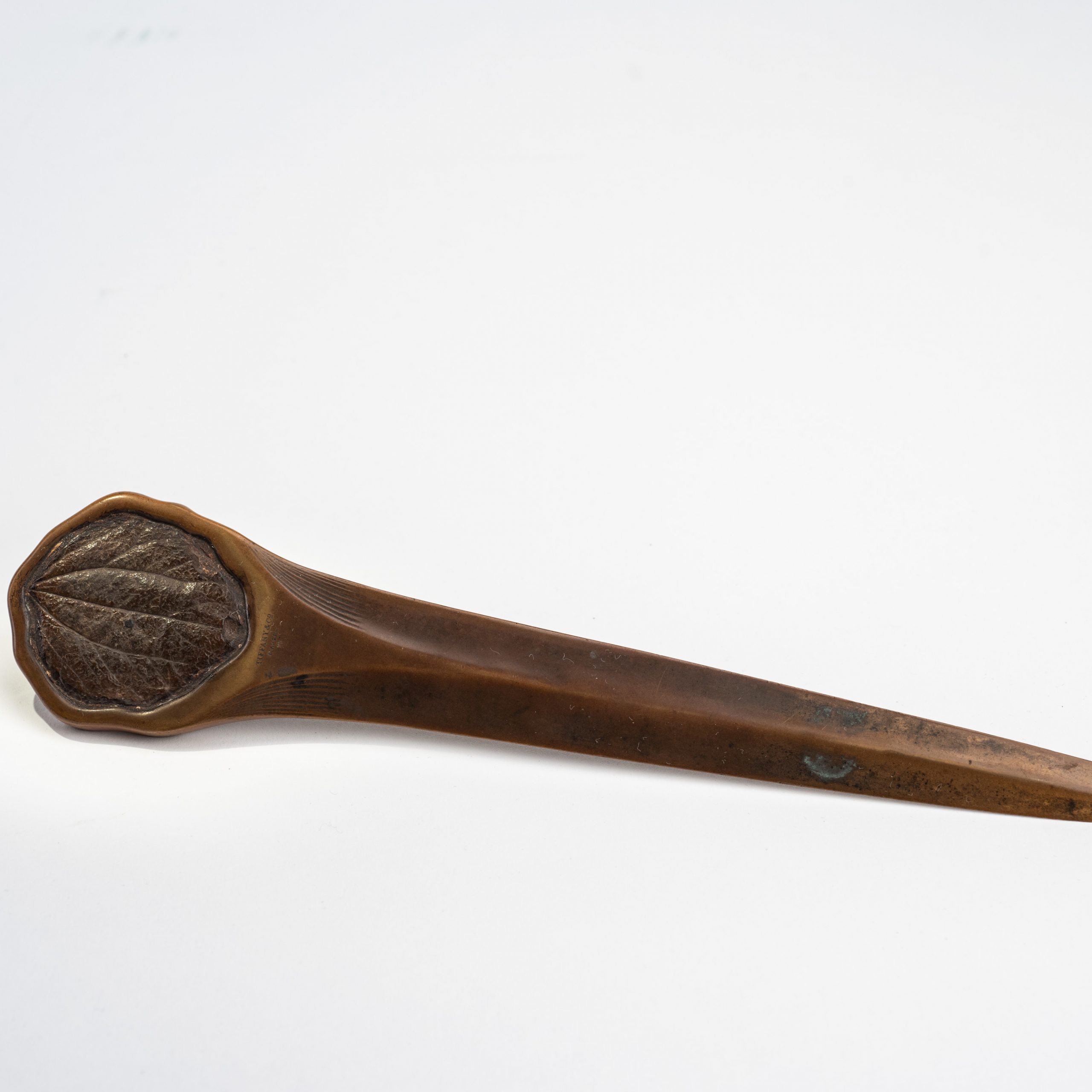
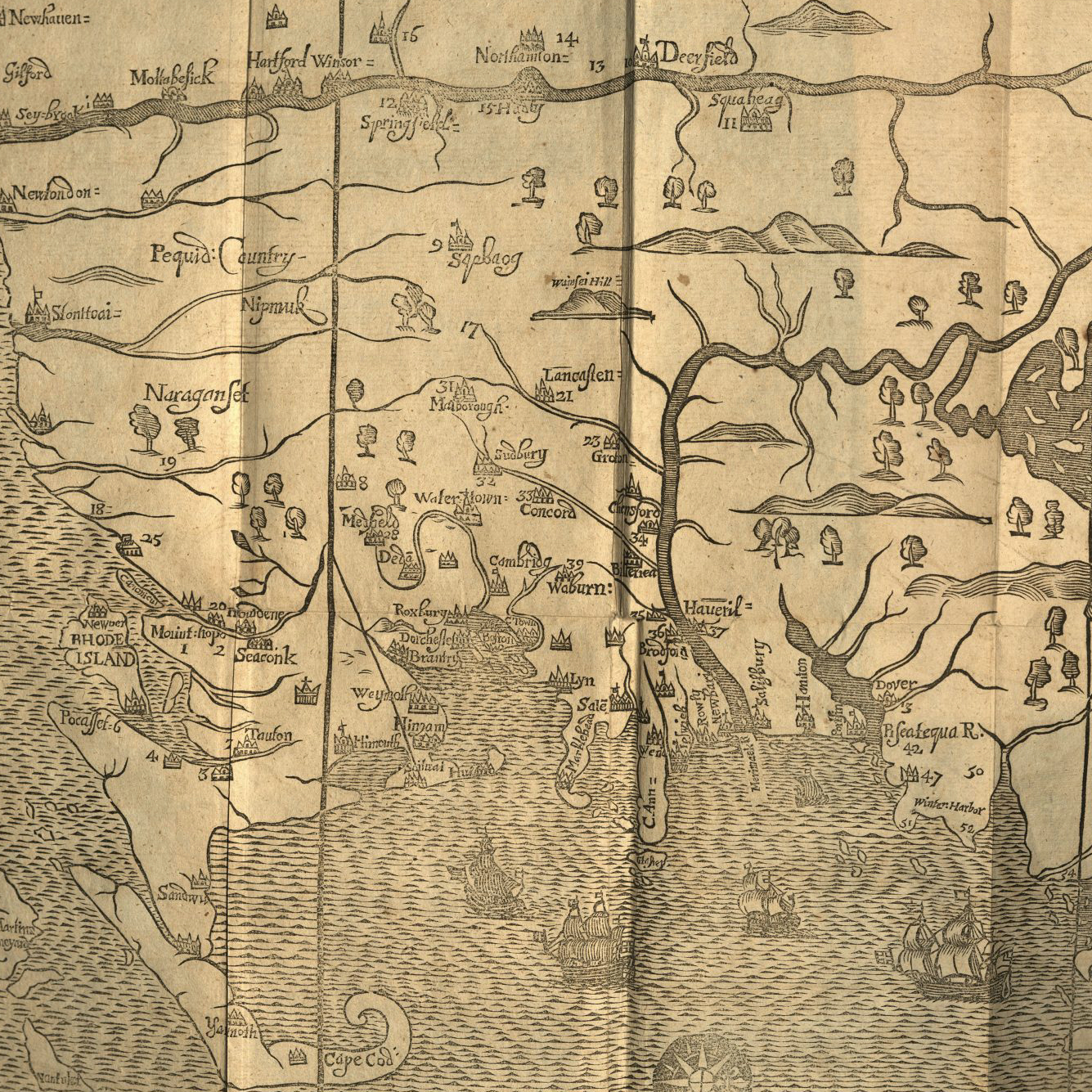
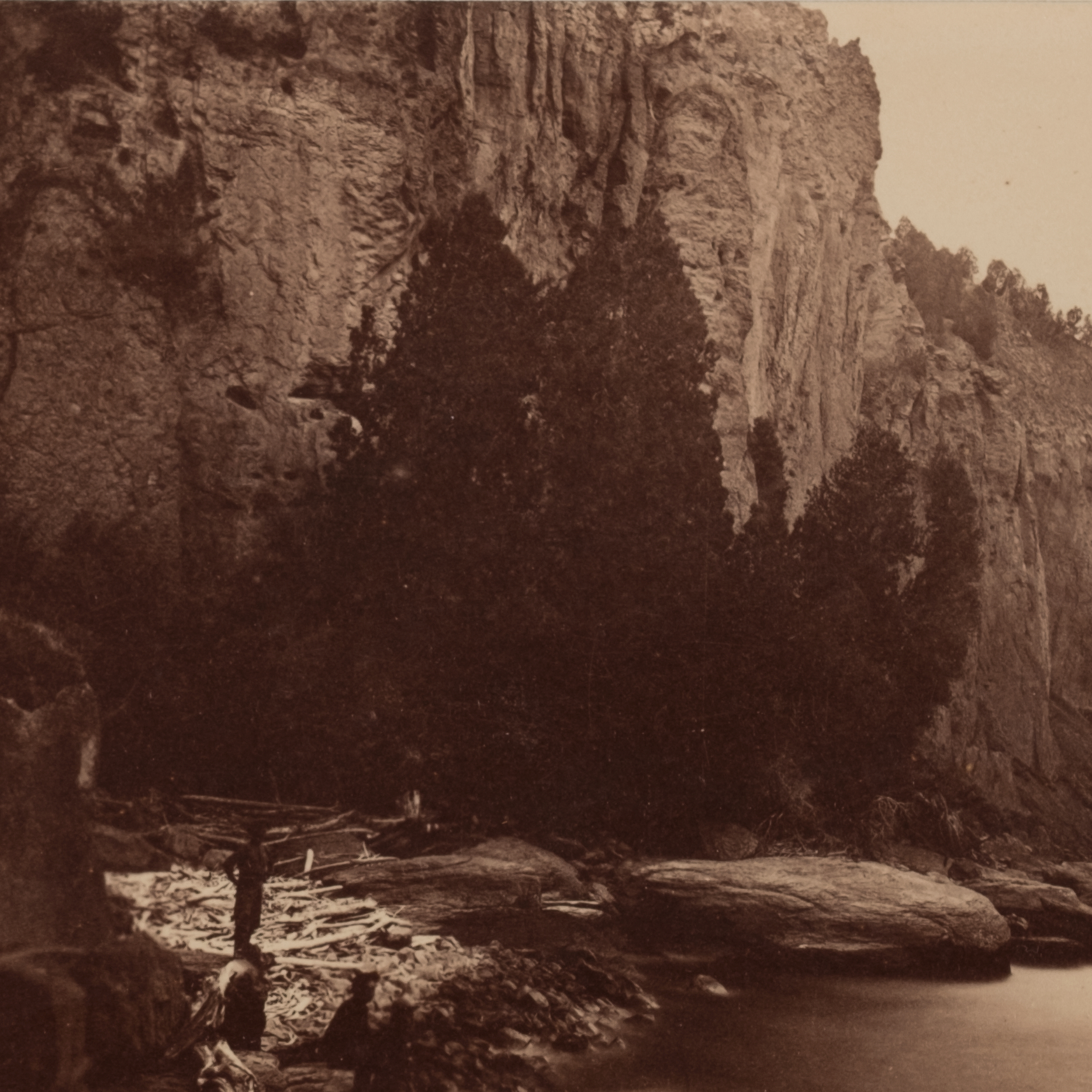
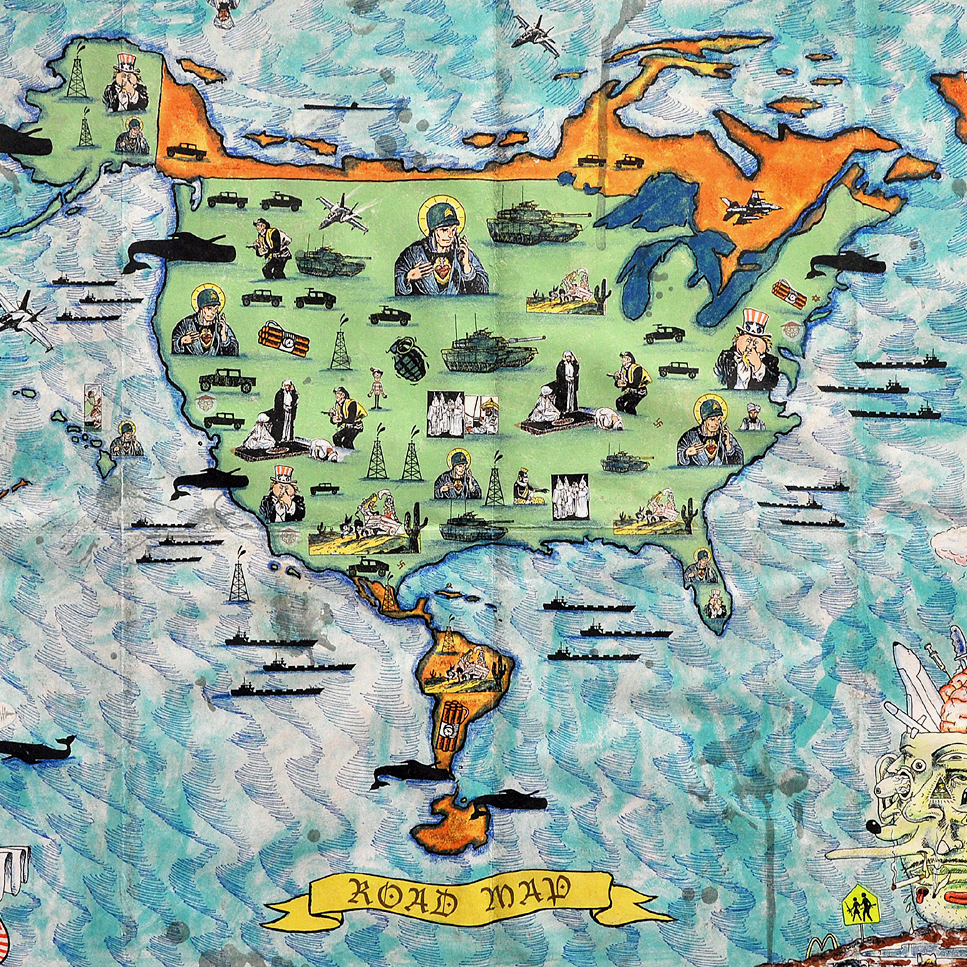
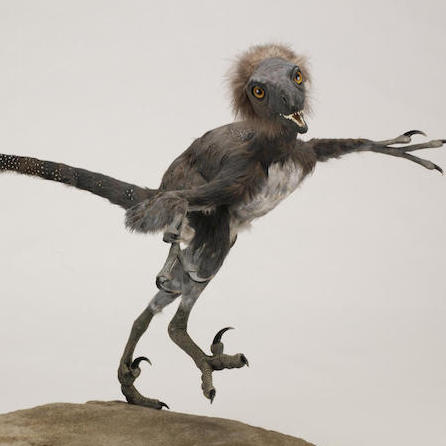

![Howard Russell Butler's [Hydrogen prominences]](https://futureoftruth.media.uconn.edu/wp-content/uploads/sites/2921/2023/01/k6584-square.jpg)

